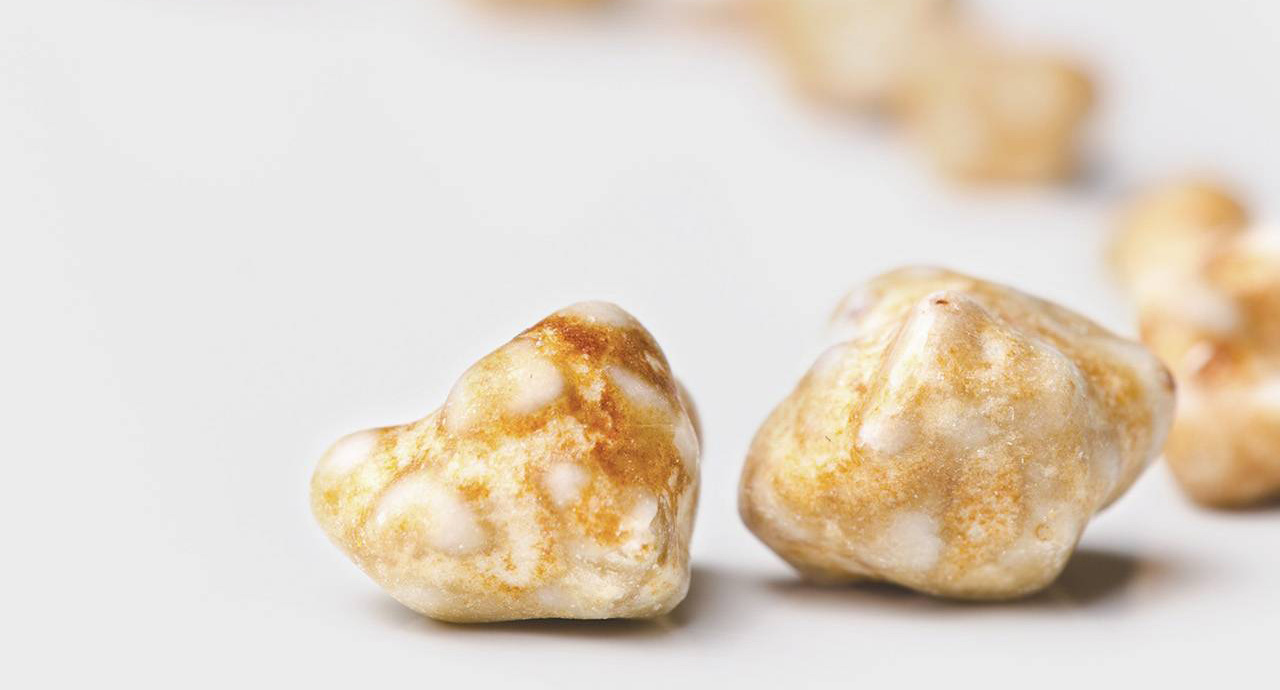Biliary lithiasis, also called cholelithiasis or gallstones, is the accumulation of bile salts stones inside the gallbladder or its ducts, causing an obstruction of the same. It affects mainly obese, multiparous women, or those who have taken the contraceptive pill, although it is also associated with diets rich in fats and sugars and poor in vegetable fiber. The role of bile is to facilitate the digestion of fats.
The gallbladder is a small, hollow organ that lies below the liver. It is part of the digestive system and is responsible for storing and concentrating bile. It has a pear shape; from its upper part the cystic duct (the tube that leaves the gallbladder carrying the bile in the direction of the intestine), which is later joined with a hepatic duct (coming from the liver), ending in the so-called common bile duct. From there, the contents of the gallbladder are poured into the duodenum (anterior part of the small intestine), which passes through the ampulla of Vater. The expulsion of bile is induced by food intake, especially if they are rich in fat.
 There are two kinds of gallstones, the result of failure in different metabolic processes:
There are two kinds of gallstones, the result of failure in different metabolic processes:
Cholesterol calculations
They appear because of faults in the metabolism of cholesterol and bile salts. They are composed mostly of cholesterol crystals, and account for 75% of cases of lithiasis.
Pigmentary calculations
These are formed as a result of a failure in the metabolism of bilirubin. They make up the remaining 25% of cases of biliary lithiasis. Bilirubin is a bile pigment, a product of the destruction of red blood cells. If excess bilirubin is produced in the body, the formation of calcium bilirubinate stones (the chemical form in which bilirubin is found in the gallbladder) may occur. Among the pigmentary type calculations we can differentiate:
Black pigmentary lithiasis. Brown pigmentary lithiasis
Symptoms, the most common is the appearance of a set of symptoms known as biliary dyspepsia: Flatulence; Bad digestion of fats; Constipation; Heavy digestions; Headache
The first of the tests that will be performed on a patient with symptoms of biliary lithiasis will be an ultrasound. To deepen the diagnosis of biliary lithiasis or cholelithiasis, a blood test will be carried out in which blood bilirubin levels will be measured and the liver function will be checked.
Those people who suffer the symptoms of a biliary lithiasis must control in a very strict way the foods that they eat with the objective of adjusting the food to the level of digestive tolerance, and to prevent complications or alterations in the intestinal function.
For this, it is essential to avoid very fatty or spicy foods, those foods that produce gas, alcohol and try to increase the consumption of vegetables.
It is also advisable to acquire certain habits such as chewing well and slowly, eat small portions, and avoid the appearance of overweight.
Always take care of your health with a unique and efficient service. Visit Pharmamedic.





